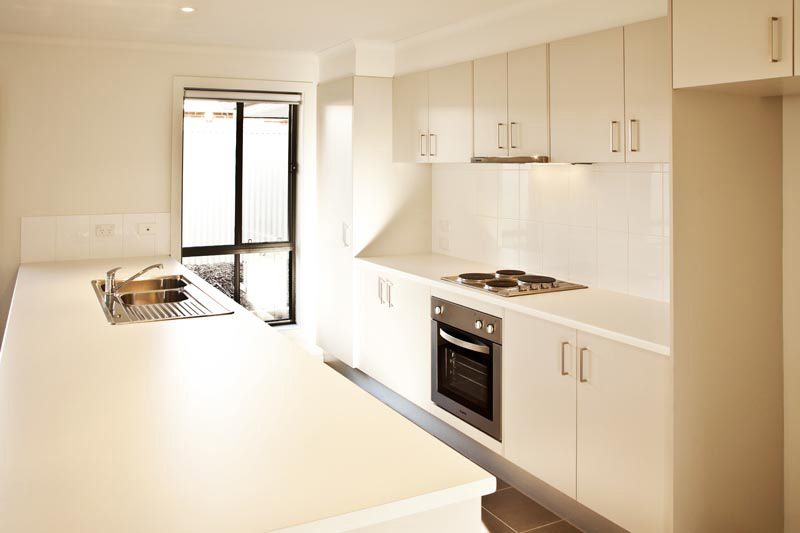The 5 Major Drivers of Property Prices
If you joined the real estate bandwagon to grow your wealth, it is crucial that you understand the drivers of property value. Instead of just concentrating on your chosen home’s functionality and accommodation, take a look at it as an investment and get know the factors that will influence its performance. So for starters, here are the six key factors driving housing prices up that you should carefully consider when choosing a property.
1. Supply and Demand
This pair is the number one dictator of prices in any market or industry. In the case of the real estate sector, the supply and demand ratio is influenced by population change. When a suburb becomes popular, for instance, more people will want to live there. However, given that the housing industry is not prepared for the sudden rise in interested investors (with only a few dwelling available), prices increase such as the case of some Australian properties in Sydney, Melbourne and Brisbane. Generally, according to the Australian Bureau of Statistics report, the country’s population growth trends don’t change rapidly. However, factors such as increased immigration quotas, infrastructural development and better employment opportunities can rapidly drive population up, providing investors better opportunity for making profit. So, better watch out for those signs.
2. Affordability
Affordability is defined as the relationship between house prices, interest rate and income. If wages cannot sufficiently pay for the monthly mortgage plus the interest rate, homeowners would seek another place where they can enjoy a better lifestyle given their current income. They would find a new city or suburb where their mortgage will not eat a big chunk of their monthly wages. A good example of this is Brisbane, which has seen migration of homeowners from Sydney. The result is a significant price increase, causing median house prices in Brisbane to reach almost the same level as Melbourne.
3. Infrastructure Development
Improvements in infrastructure can make areas more attractive or accessible to live, thus, driving property prices up in those locations. A few examples of such are the opening of M2 and M7 freeways in Northwest Sydney that made the area more accessible, resulting in increased in housing prices and rental returns; the re-development of Mt Hotham Village in Victoria that comes with limited land release, which surely affects prices; and the construction of a new aluminium smelter in Gladstone, Queensland that provides new jobs and attract people looking for working opportunities, resulting to housing price increase.
4. Baby Boomers
In 2010, there were over 3 million people ageing 65 years or more in Australia. Population projections expect them to reach 20% by 2030. Five to ten years from now, most of these Baby Boomers are expected to leave the workforce and buy Australian properties seaside locations to enjoy better lifestyle. These relocation could increase the demand for beach houses, pushing property prices up in seaside towns.
5. Resource and Employment Boom
People go where better paying jobs can be found. Take for example the mining areas of Perth and Darwin where mine workers are in demand and receive higher salaries. The result is a positive lifestyle change for those workers, who then seek to buy bigger and better homes or maybe invest in properties. The result is increased in demand and housing prices.
Having identified what factors drive home prices up, doing your homework may lead you to the property that will give you better ROI in the long run.


